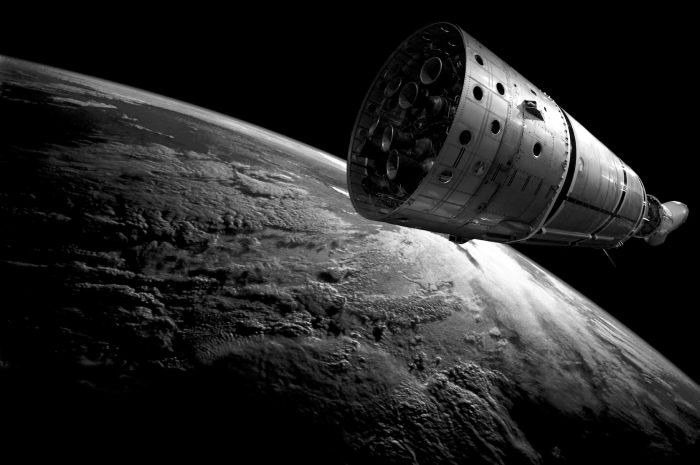Blueshift, a technology leader in advanced thermal protection systems (TPS), has uncovered a heightened risk of collision from falling space debris as a result of a decade long growth in satellite launches, which has intensified the demand for improved safety, reduced weight and enhanced resilience in rocket and satellite design.
 Image Credit: Blueshift
Image Credit: Blueshift
Analyzing global space debris trends within orbital surveillance records from the US Department of Defense, specifically surging payload data over the last decade, Blueshift has identified a correlation with increased payloads to the latest debris data. Current data states that more than 32,000 trackable pieces of debris larger than 10 cm is circulating in Low Earth Orbit (LEO). Combined with an estimated 30-40 % increase in payload launches in just the last three years and a 900 % increase from the US alone in the last decade, issue has only been exacerbated.
Blueshift’s AeroZero® material line has been engineered specifically to address these challenges. Providing robust thermal protection across extreme temperature ranges from −200 °C to +2,400 °C, AeroZero minimizes temperature gradients and insulates sensitive electronics from rapid orbital transitions. In vacuum, AeroZero significantly slows conductive heat transfer, resulting in a ~40 °C reduction in composite temperatures compared to conventional polyimide tape. The material also features 19× lower thermal conductivity and 6× lower thermal diffusivity, delivering markedly improved thermal stability for spacecraft systems. These benefits reduce thermal fatigue, protect critical electronics near solar arrays, and extend component lifespan - all essential factors in lowering the risk of fragmentation and reducing overall debris generation.
With over 15,000 satellites launched since 1957, and 10,000 of which are still active, the number of space debris larger than 10 cm in orbit is at an all-time high. NASA and ESA also estimate a further 131 million smaller, untracked fragments circulating in LEO. This poses significant threats, with rising debris comes an increase in the risk of collisions and Kessler Syndrome a chain reaction where debris collisions generate further fragments. This can further culminate in debris falling back into orbit or even in certain circumstances making back to Earth if the debris is left in orbits below 600 km.
The investigation paints a clear picture of the biggest contributors to space debris. It identifies three countries responsible for over 90 % of all space debris that has fallen back to Earth in the last decade. Russia leads with 3,162 space debris falling, more than double that of the US with 1,332 and China at 1,254. However, the rate of increase is significantly higher with China and the US.
The rising role of private enterprises and growing commercialization of spaceflight in the US has contributed further to the increased presence of space debris; whilst China has nearly doubled its launch efforts and is the only nation to have increased its tracked debris count by ~1,000 pieces. In the same period, 8,000 Starlink satellites have launched. Incidents such as the 2022 near-collision between Tiangong Station and two Starlink satellites or, more recently, debris collision damage to China s Shenzou-20, which delayed Chinese Astronauts return, have only exacerbated the geopolitical and operational risks posed by space debris.
Tim Burbey, President at Blueshift, highlights Blueshift’s contributing role for a safer, more sustainable orbit: “The data makes clear that space sustainability is no longer optional. As launch activity grows, so does the risk of collision. Our materials directly support safer spacecraft by reducing mass, minimizing thermal stress, and improving resilience under the extreme conditions of launch, orbit, and re-entry. By combining materials innovation with data-driven insight, we aim to reduce future fragmentation risks and support a safer orbital environment.”